Learn more about our impact
Learn more about our impact
- What we care about
- People
- Places
- Species
- Climate crisis
- Sustainability
- How we work
- Public policy
- Science
- Business
- Wildlife conservation
About WWF
WWF works to sustain the natural world for the benefit of people and wildlife, collaborating with partners from local to global levels in nearly 100 countries.
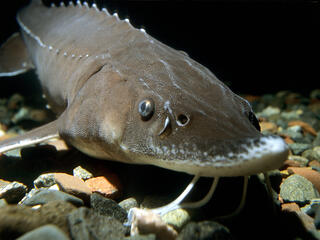
 Sustainability Works
Helping to Protect wildlife on TikTok and Beyond
Sustainability Works
Helping to Protect wildlife on TikTok and Beyond
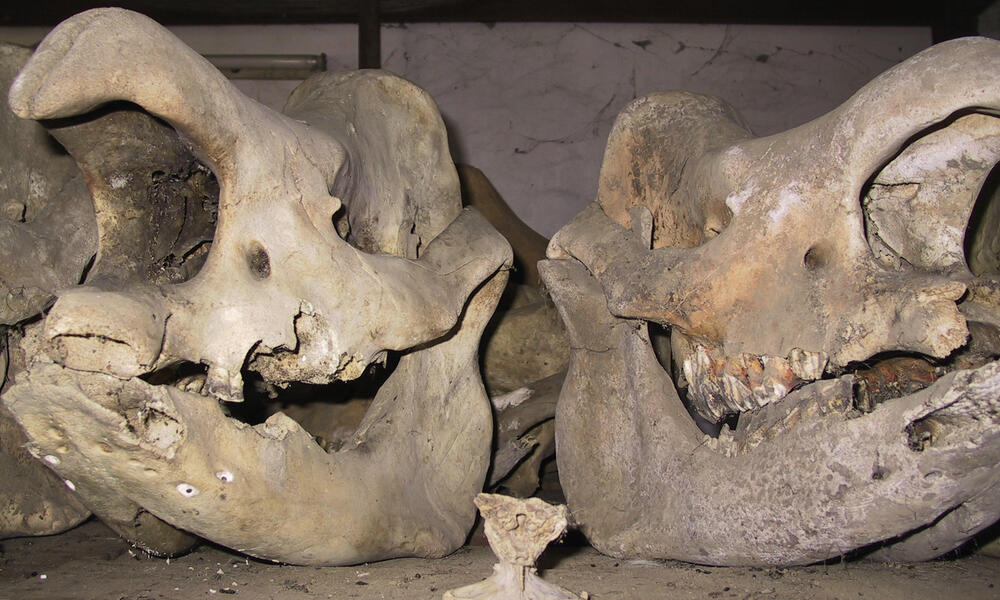
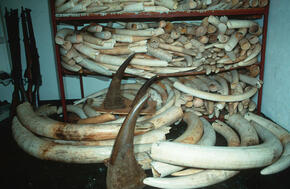

 African Elephant
African Elephant
 Amur Leopard
Amur Leopard
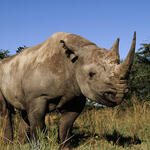 Black Rhino
Black Rhino
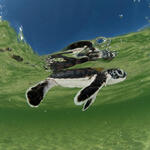 Green Turtle
Green Turtle
 Hawksbill Turtle
Hawksbill Turtle
 Indian Elephant
Indian Elephant
 Javan Rhino
Javan Rhino
 Leatherback Turtle
Leatherback Turtle
 Orangutan
Orangutan
 Rhino
Rhino
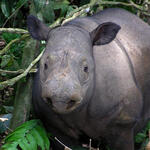 Sumatran Rhino
Sumatran Rhino
 Sunda Tiger
Sunda Tiger
 Tiger
Tiger
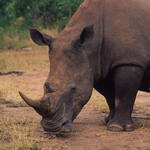 White Rhino
White Rhino
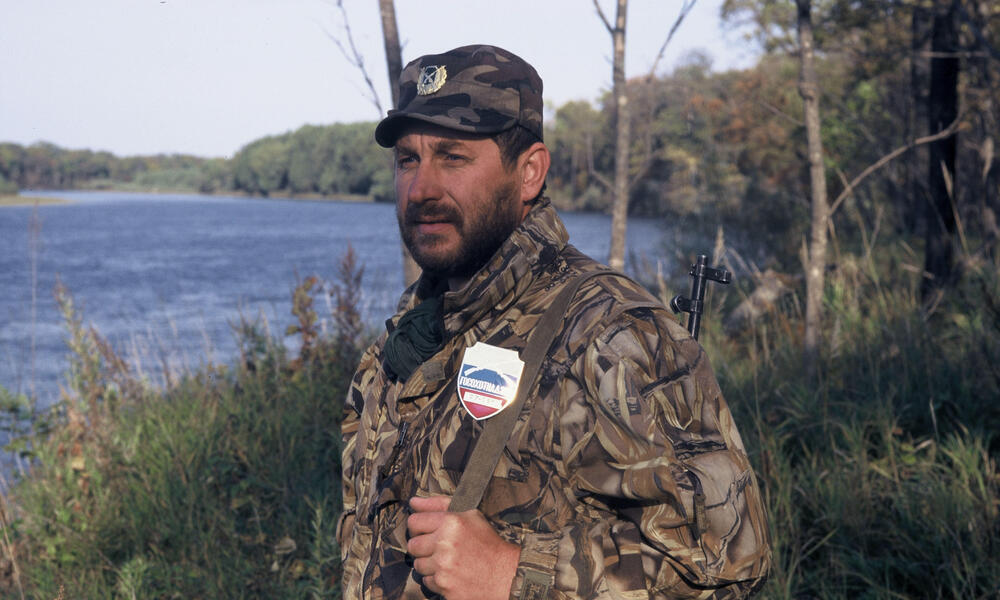
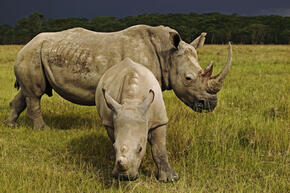



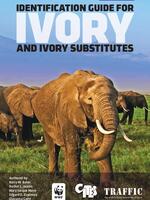
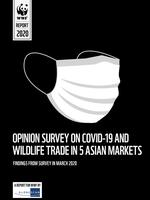
 Crawford Allan
Senior Director, TRAFFIC
Crawford Allan
Senior Director, TRAFFIC
 Leigh Henry
Director, Wildlife Policy, Wildlife Conservation
Leigh Henry
Director, Wildlife Policy, Wildlife Conservation
 Rachel Kramer
Deputy Chief of Party, Targeting Natural Resource Corruption
Rachel Kramer
Deputy Chief of Party, Targeting Natural Resource Corruption
 Ginette Hemley
Senior Vice President, Wildlife Conservation
Ginette Hemley
Senior Vice President, Wildlife Conservation
 Jan Vertefeuille
Senior Advisor, Advocacy, Wildlife Conservation
Jan Vertefeuille
Senior Advisor, Advocacy, Wildlife Conservation
 Eric Becker
Conservation Engineer, Wildlife Conservation Program
Eric Becker
Conservation Engineer, Wildlife Conservation Program
 Bas Huijbregts
African Species Director, Wildlife Conservation Program
Bas Huijbregts
African Species Director, Wildlife Conservation Program